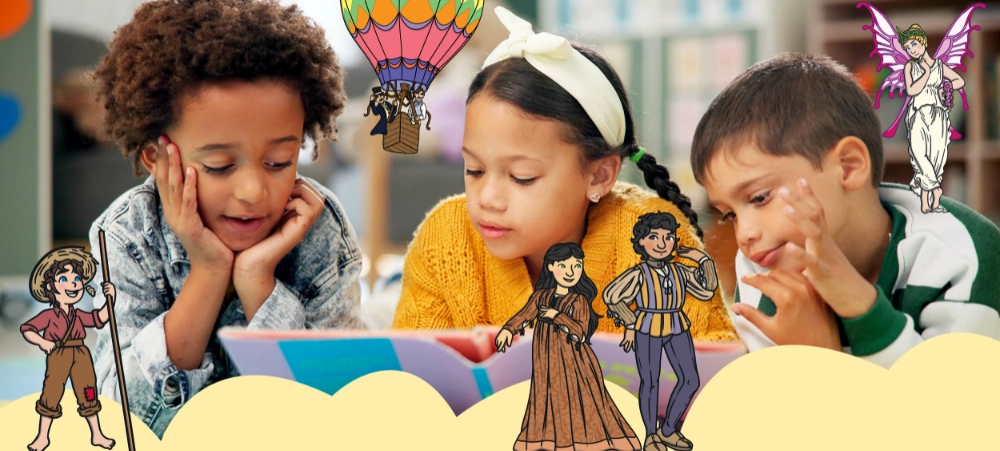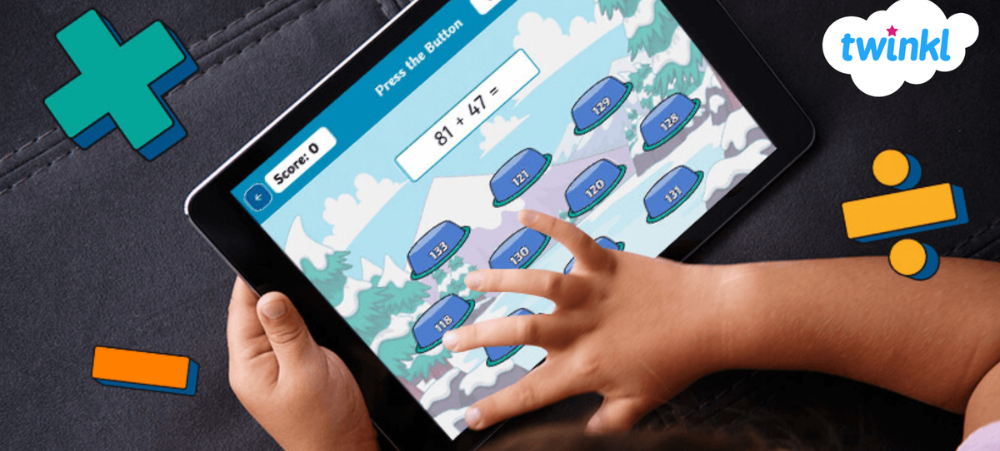In today’s classroom, students might be as likely to talk about the Elmo Visual Presenter, a computerized digital projector, as Elmo the red, fuzzy and lovable “Sesame Street” character who loves hugs.
It’s the digital world they live in, and today’s children are enveloped by it in both their home and school lives. How they embrace technology and use it in their lives matter. If implemented thoughtfully and with balance, technology can more deeply enrich the educational journey of a student.
Today, technology surrounds every facet of modern life. It’s prevalent in school, college and the workplace. It can be used for digital skill development, research, collaborative learning, job hunting, general time management and organizational skills. Learning proper technology habits early can help set students up for success. Kumon has launched Kumon Connect, a web-based app that allows students to complete their worksheets using a tablet and stylus.
Passive Technology
Eyes can glaze over as users scroll through endless streams of YouTube videos. The same goes for swiping through the latest viral crazes on TikTok or posts on Instagram. The threshold for engagement for a user of one of these platforms is extremely low.
In social media and entertainment platforms like these, the user isn’t required to do anything to interact with what is happening on the screen. The same can be said for television programmes.
In each instance, the user isn’t required to interact with the programming presented, and no skills are gained in the process. They are consuming viewed material rather than having meaningful interaction that facilitates creating and discovering new skills.
This passive consumption of technology isn’t healthy or appropriate for young learners, and the lack of engagement may be more detrimental than the hours spent in front of screens, says the American Academy of Pediatrics. At home and in the classroom, passive screen time could include watching too much television, social media scrolling or playing non-educational games on a tablet or phone.
Active Technology
At the other end of the spectrum is active technology, which can be used as a learning tool by parents and teachers to engage children in specific learning activities that develop skills meaningful to student development.
Those tools can be delivered through various kinds of devices – tablets, computers, televisions and mobile phones. A number of large-scale studies have shown that integrating educational technology into a student’s life can improve academic outcomes, according to the Brookings Institution, a nonprofit based in Washington, D.C.
The key is using the devices and the programmes on them for constructive use that engages the students in a meaningful way and encourages learning, creativity, active play and exploration.
Technology can make many aspects of a child’s life more accessible and convenient – even practicing their Kumon. Just like with paper Kumon worksheets, students using Kumon Connect attend class at their local Centre twice per week and do homework the other five days; the difference is they do their worksheets on the tablet. After assignments are submitted, they are graded within 24 hours, and students are notified if corrections are necessary. The student’s next assignment will be ready when they sign in. Instructors can replay the work of completed assignments to see skill development and provide feedback, and parents can see their child’s progress in real time on the app.
Engaging technology can be fun. Digital games and online videos provide an outlet to let children visually learn and reinforce educational concepts like sharing, collaboration and problem solving. Online audio programmes help younger students with auditory cues and instructions that give them a more immersive learning experience. These games and audio books develop similar skills but also provide a chance for the student to hear proper pronunciations and the ability to speak with the instructor or programme.
Virtual reality and augmented reality experiences also provide for other active learning experiences where children are surrounded, through a headset, in a virtual learning environment. This allows them to be able to see and visit places they otherwise wouldn’t experience outside the digital realm, like zoos, aquariums, historic sites or outer space.
Conventional thinking might lean toward an oversimplification of how digital devices and screen time should apply to students. While no child should be figuratively glued to a phone, tablet or computer, for the next generation of students to miss out on a digital world that encourages educational experiences would be a shame.
As mentioned above, Kumon has introduced worksheets in a digital format via KUMON CONNECT, making Kumon’s tried and tested worksheets even more accessible and convenient for students to study using their tablet and stylus. To find out more visit www.kumon.co.za/kumon-connect/
This article is courtesy of the Kumon North America website*
_________________________________________________________________________________
- Why Developing Reading Skills May Help Your Child’s Fear of Maths Word Problems - September 25, 2025
- Three Tips for Easing Test Anxiety - September 17, 2025
- Laying Strong Foundations for Reading for Early Learners - September 10, 2025





